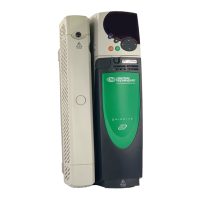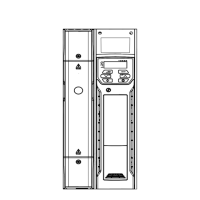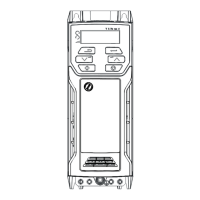Safety
Information
Product
Information
Mechanical
Information
Electrical
Information
Getting
Started
Menu 0
Running
the motor
Optimisation Macros
Advanced
Parameters
Technical
Data
Diagnostics
UL Listing
Information
Unidrive User Guide 201
Issue Number: 9 www.controltechniques.com
OI.br Over Current in braking transistor
4
Over current threshold in the braking transistor has been reached.
This can be caused by the following:
• A short-circuit exists across the braking resistor terminals.
• An insulation fault on the braking resistor or associated cables.
• The ohmic value of the braking resistor is too low.
OI.dc n DC over current trip in module n
134 to 141 DC instantaneous over current trip in module n (size 5 only)
OP.OVLd Control terminals output overload
26 The total current drawn from the user +24V supply (terminal 22) and any digital outputs (terminals 24, 25 and 26) exceeds 240mA.
Ot HS n Heatsink over temperature in module n
102 to 109
Heatsink over temperature threshold has been reached in module n (size 5 only); detected by one of the two thermistors in the drive.
Ensure that ventilation at the front and rear of the drive is adequate.
Check cubicle / drive fans are still functioning correctly.
Check cubicle ventilation paths.
Check cubicle door filters.
Increase ventilation.
Decrease acceleration / deceleration rates.
Reduce duty cycle.
Reduce motor load.
Ot inP Input stage over temperature
101
Input stage over temperature threshold has been reached (size 5 only).
Ensure that ventilation at the front and rear of the drive is adequate.
Check cubicle / drive fans are still functioning correctly.
Check cubicle ventilation paths.
Check cubicle door filters.
Increase ventilation.
Decrease acceleration / deceleration rates.
Reduce duty cycle.
Reduce motor load.
OU Over Volts on the DC bus
2
Over voltage threshold on the DC bus has been reached.
400V Unidrive: >830Vdc
200V Unidrive LV: >415Vdc
This is due to excessive AC supply voltage or excessive regenerated power being returned to the drive that can be caused by the
following:
•Pr 0.04 Deceleration rate set too low.
• An external force acting on the motor shaft causing the drive to regenerate.
• Braking resistor value is too high.
• AC supply voltage too high.
• Supply disturbance such as a voltage over-shoot as the supply recovers from a notch induced by a DC drive.
• Motor insulation fault.
OU n Over volts on the DC bus in module n
126 to 133
Over voltage threshold on the DC bus of module n of 830Vdc, has been reached (size 5 only). (The FLC of the drive is displayed in
Pr 11.32)
This is due to excessive regenerated power being returned to the drive that can be caused by the following:
•Pr 0.04 Deceleration rate set too low.
• An external force acting on the motor shaft causing the drive to regenerate.
• Braking resistor value is too high.
• AC supply voltage too high.
• Supply disturbance such as a voltage over-shoot as the supply recovers from a notch induced by a DC drive.
• Motor insulation fault.
OU.SPd Over speed
7
The motor speed has reached the over speed threshold (Pr 3.08).
This can be caused by the following:
• Sudden removal of a large mechanical load from the motor shaft.
•Pr 0.04 Deceleration rate set too low.
• Inappropriate setting for Pr 0.16 Stop mode selector.
•Pr 0.19 S-ramp da/dt set too high.
•Pr 3.08 set below the maximum reference obtainable, i.e. set less than Pr 0.02 (or Pr 1.06).
• Speed over-shoot due to high speed loop proportional gain (Pr 3.10)
Trip Diagnosis
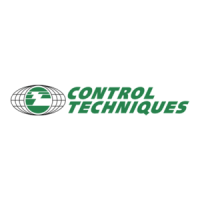
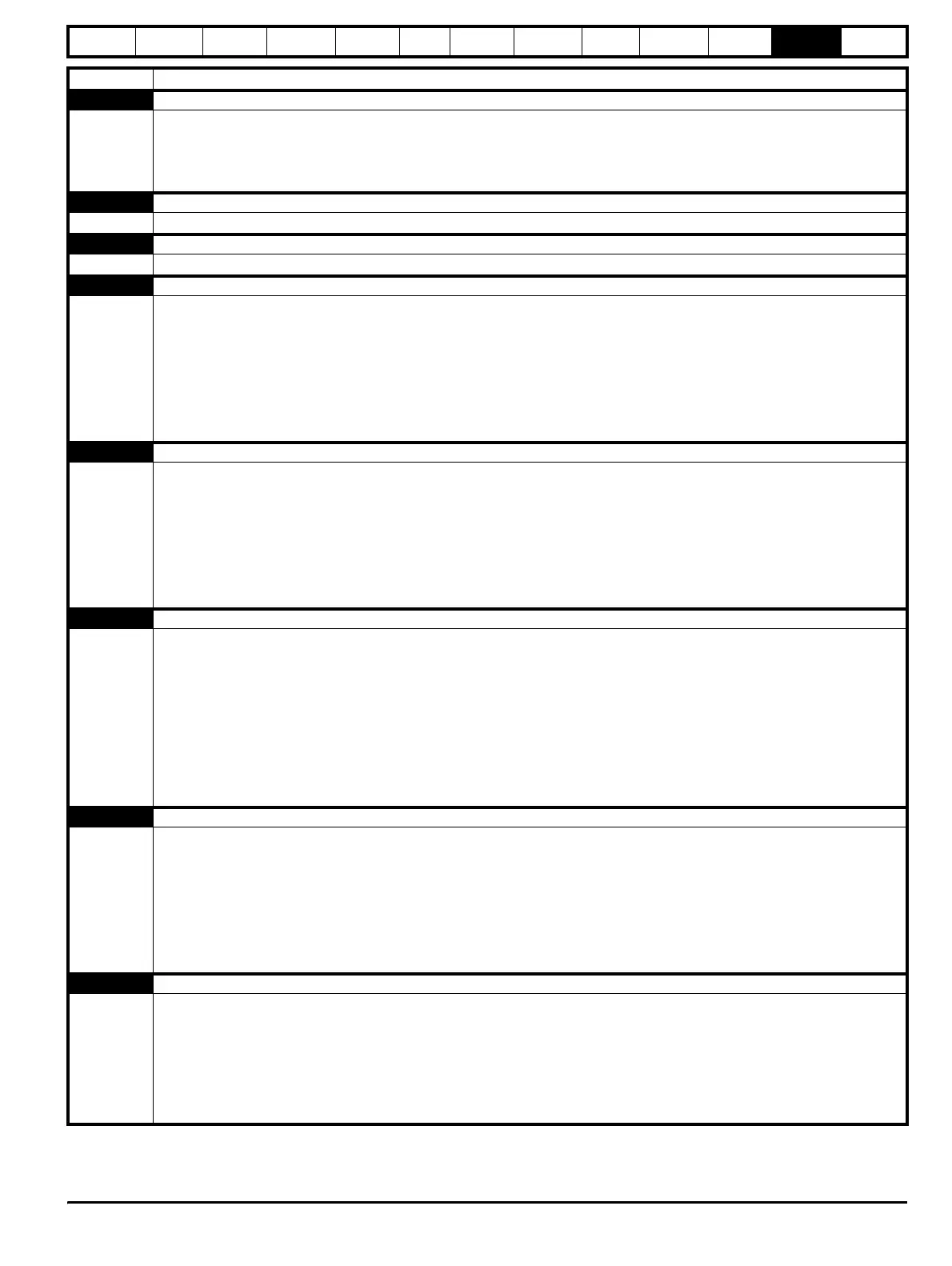